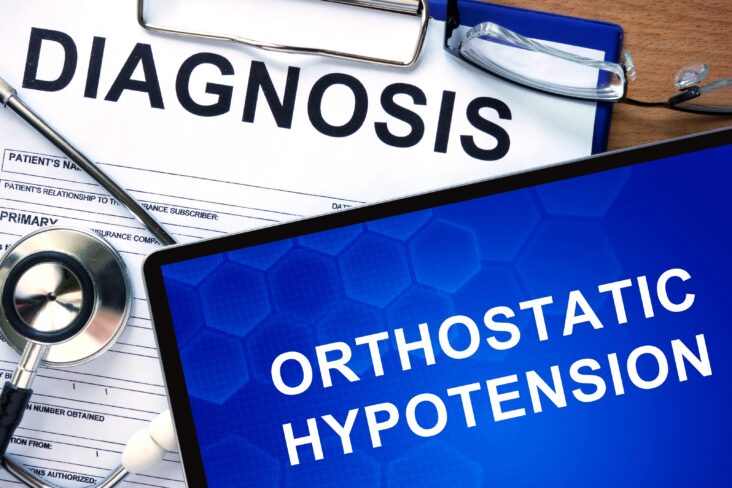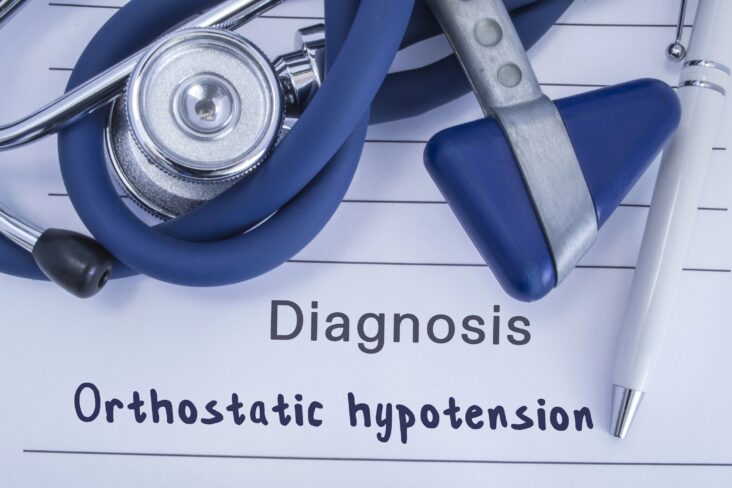Click Here to Download this Blog Post – Orthostatic Hypotension: Part 2 Of 6
By Dr. Nicholas L. DePace, M..D., F.A.C.C – Cardiologist specializing in autonomic dysfunction, Ehlers-Danlos syndrome and POTS.
This is Part 2 of a 6 Part Series about Orthostatic-Hypotension
Orthostatic hypotension could be due to impaired autonomic reflexes or intravascular volume depletion (dehydration).
Symptoms commonly include dizziness, muscle aches, lightheadedness, fainting, and discomfort in the neck and shoulders, a so-called coat hanger syndrome.
Even anginal chest pain can occur with orthostatic hypertension. Other symptoms commonly seen are blurred vision, generalized weakness, cognitive impairment, nausea, palpitations, tremulousness, headaches, and, as mentioned, presyncope and syncope.
These symptoms can be incapacitating in patients who have more advanced forms of orthostatic hypotension and can impair them from even walking 10 or 20 feet before they have to sit down or lean against an object.
Even more troublesome is that many people who have orthostatic drops have symptoms of autonomic dysfunction in other organs, such as the stomach (gastroparesis), the colon (constipation), the bladder (bladder dysfunction), and in the sweat glands (anhidrosis or the inability to sweat).
Some people sweat in patchy distributions and not throughout their whole body and loose body water sweating in certain parts of the body. More worrisome is when orthostatic hypotension is accompanied by movement disorders that can affect balance and gait.
Patients also with postural orthostatic tachycardia may have similar symptoms as described above, as those with postural orthostatic hypotension.
In these patients, the blood pressure does not drop, and they usually do not have fainting episodes. Rather, they have racing heart rates, often above 120 and 130 beats per minute.
Usually, they are a younger subset of patients, whereas patients over the age of 50 usually will manifest orthostatic hypotension with blood pressure drops.
Patients with postural orthostatic tachycardia syndrome, or POTS as it is commonly called, are normally seen in patients in their teens, 20s, and 30s but not commonly after the age of 40







